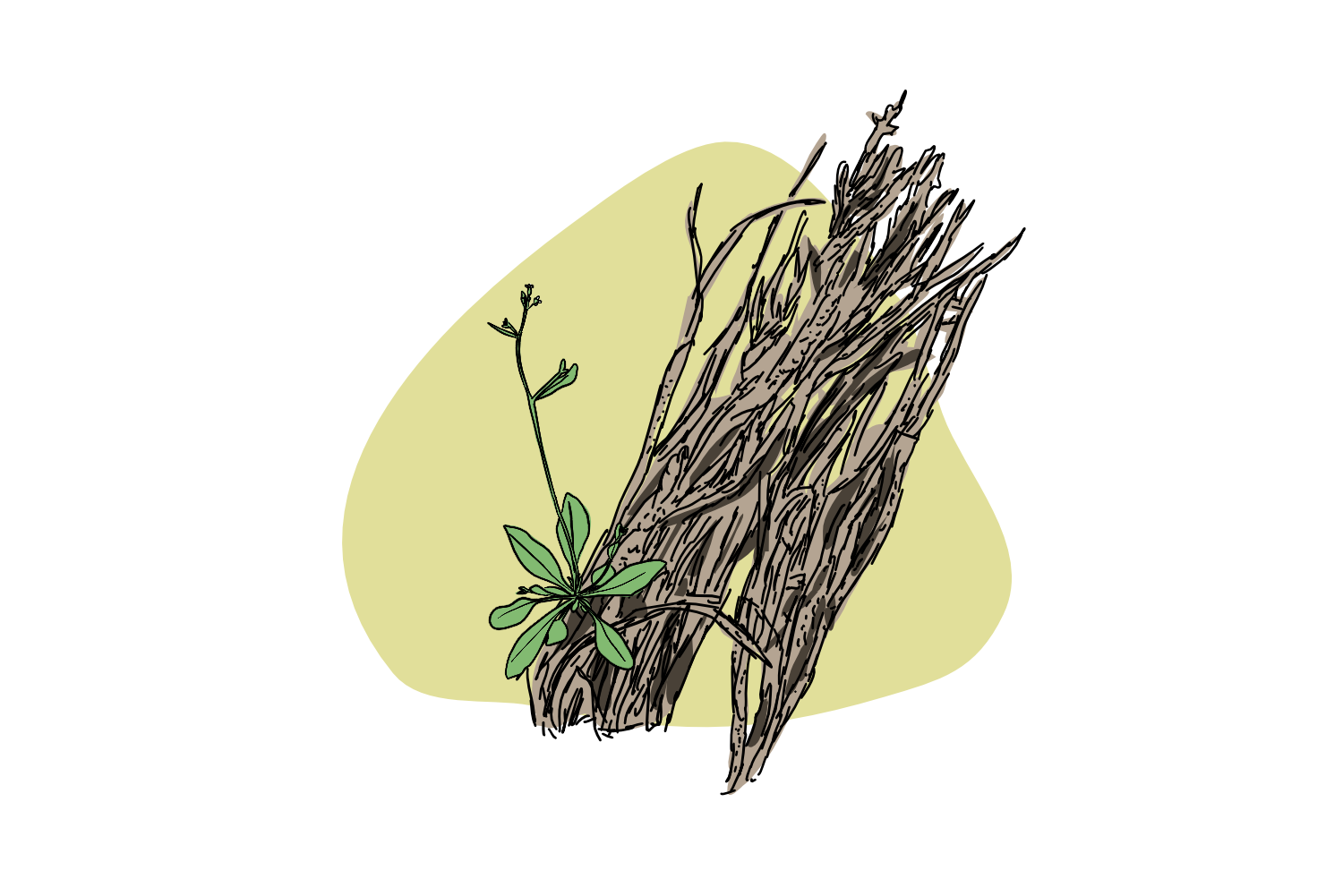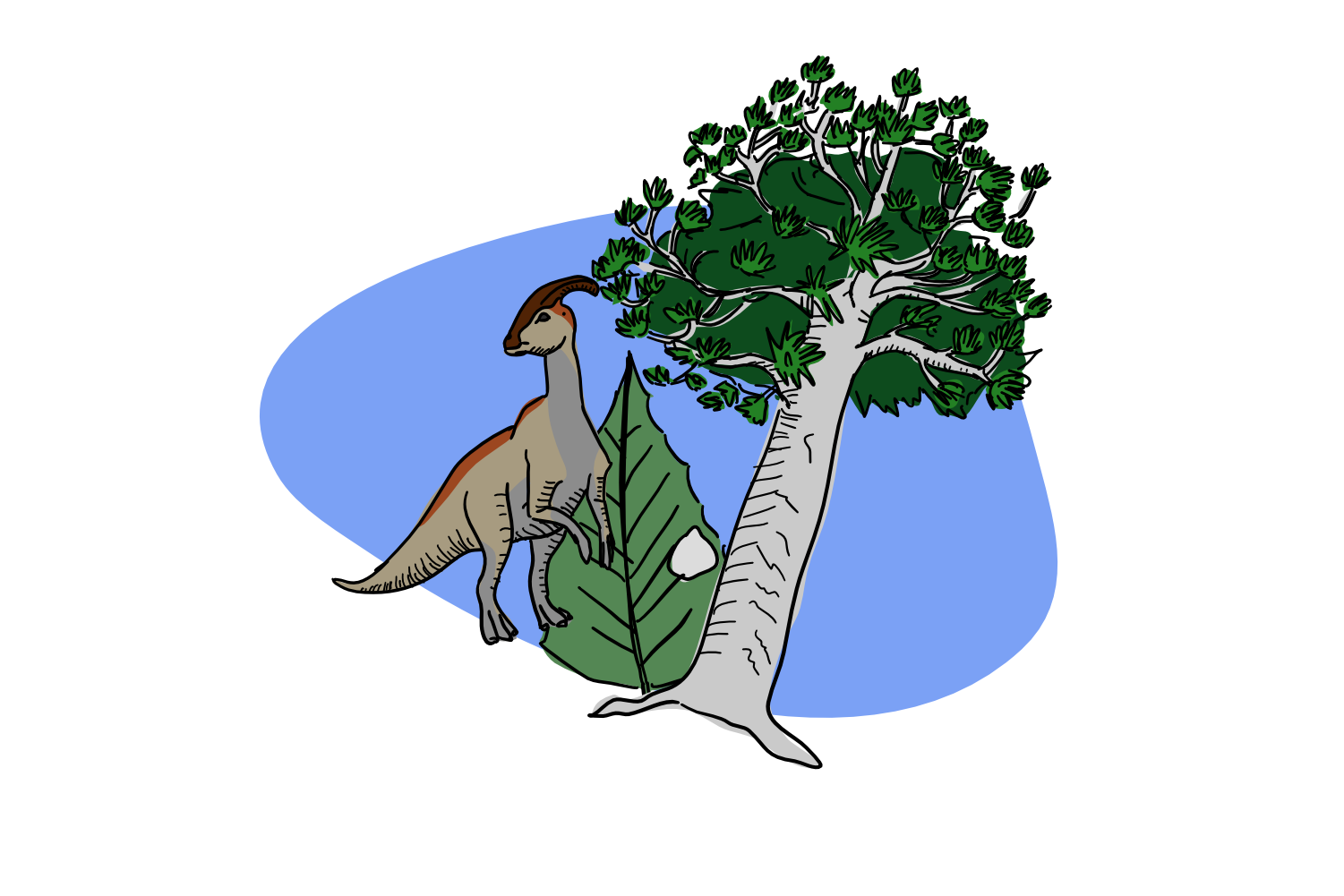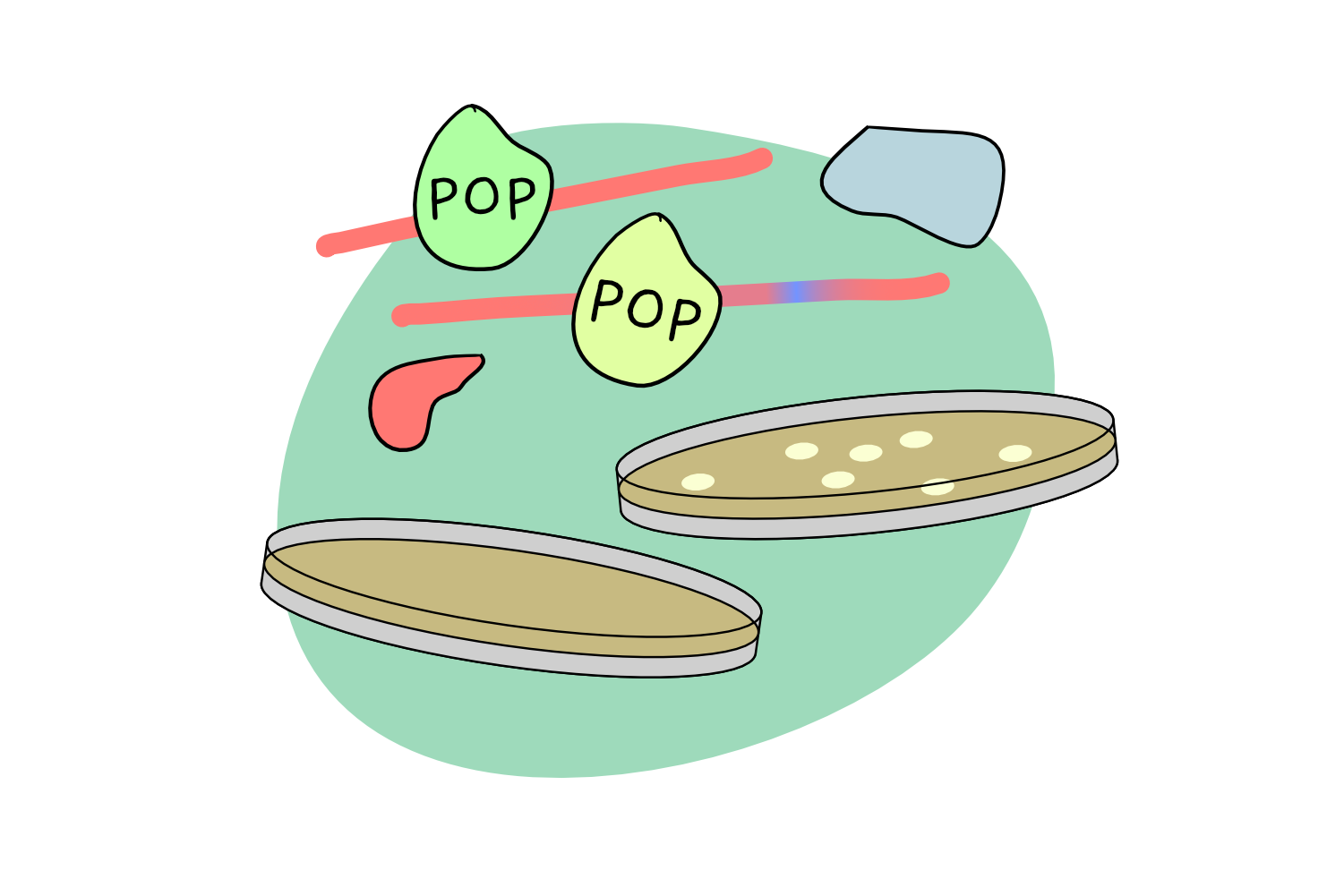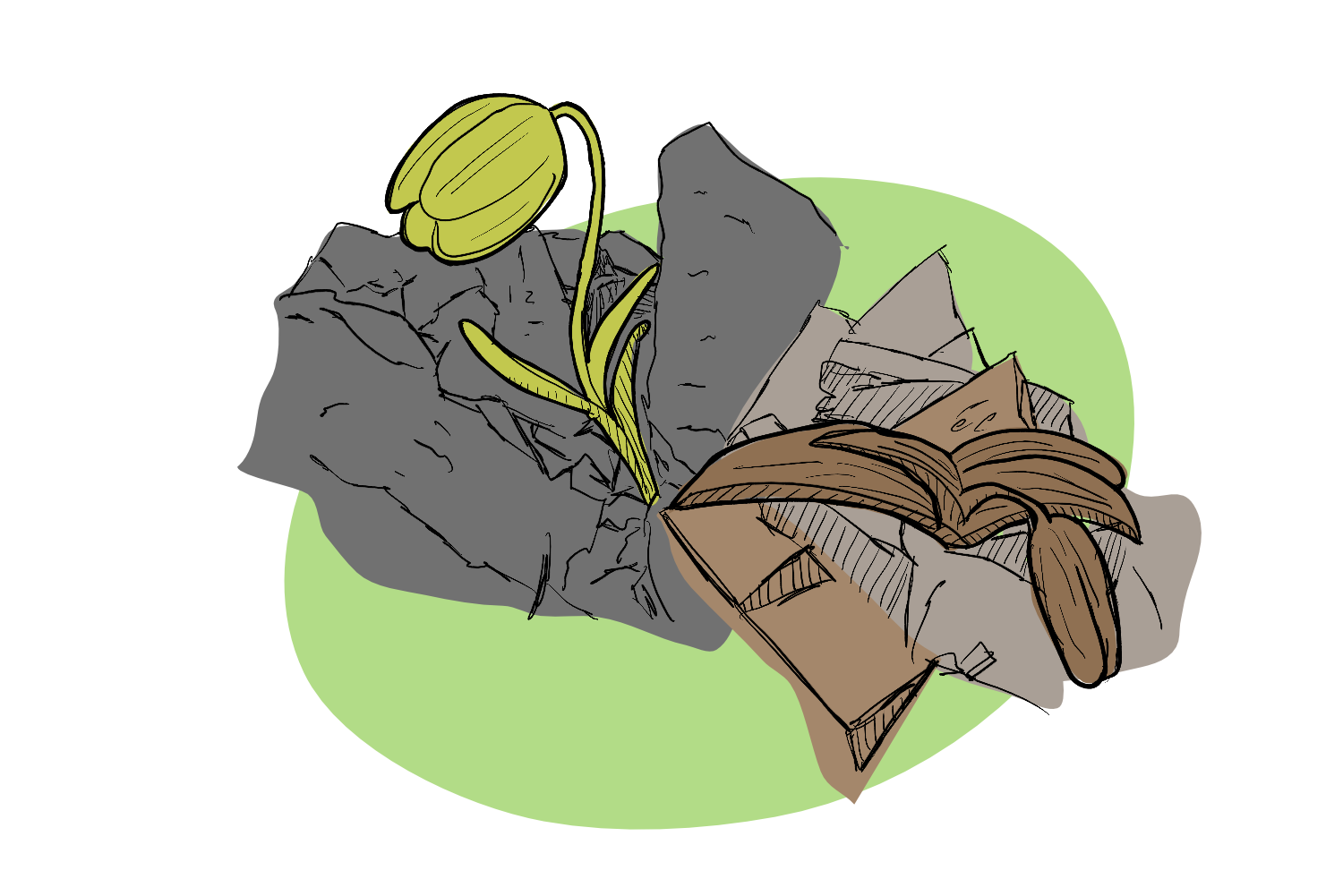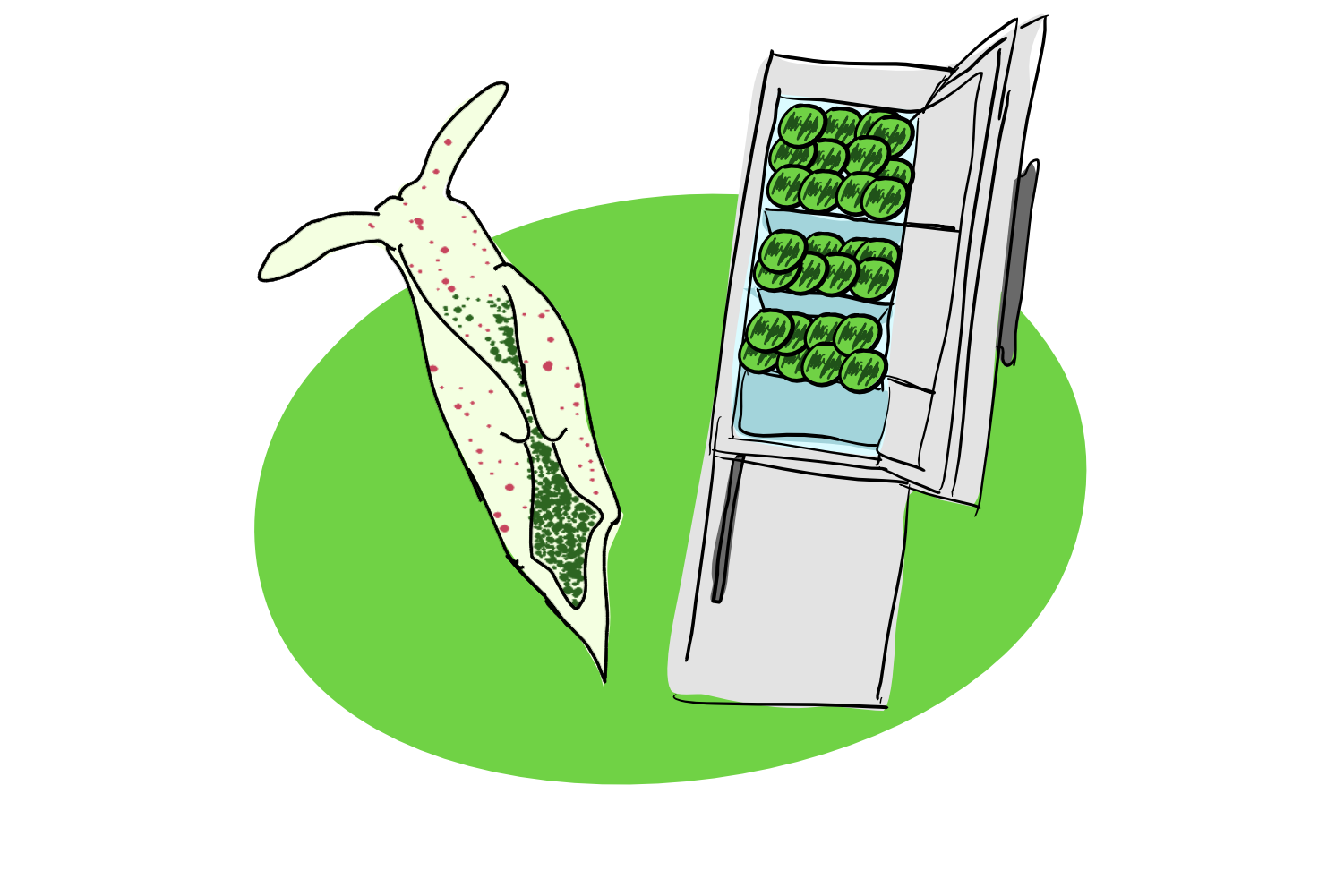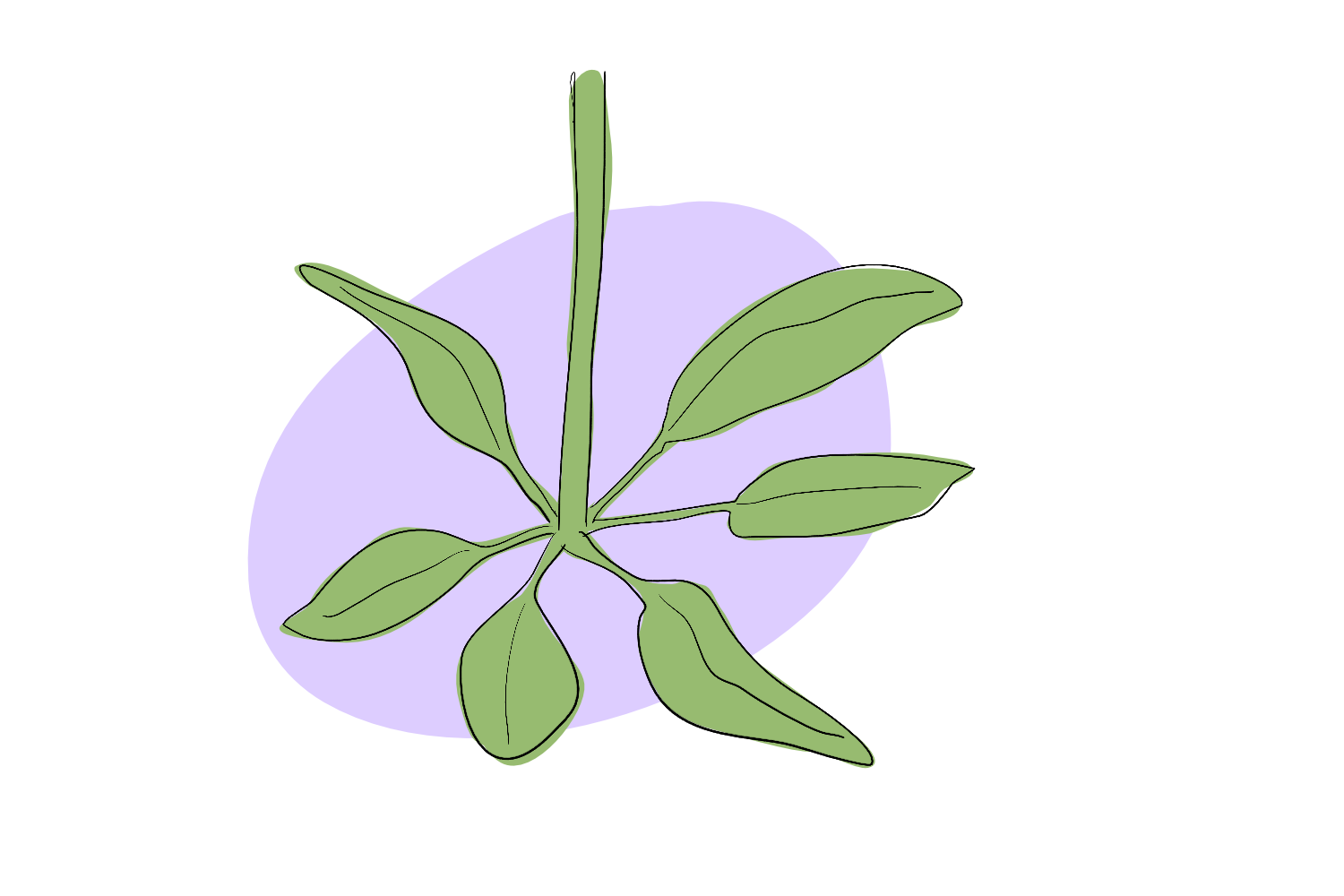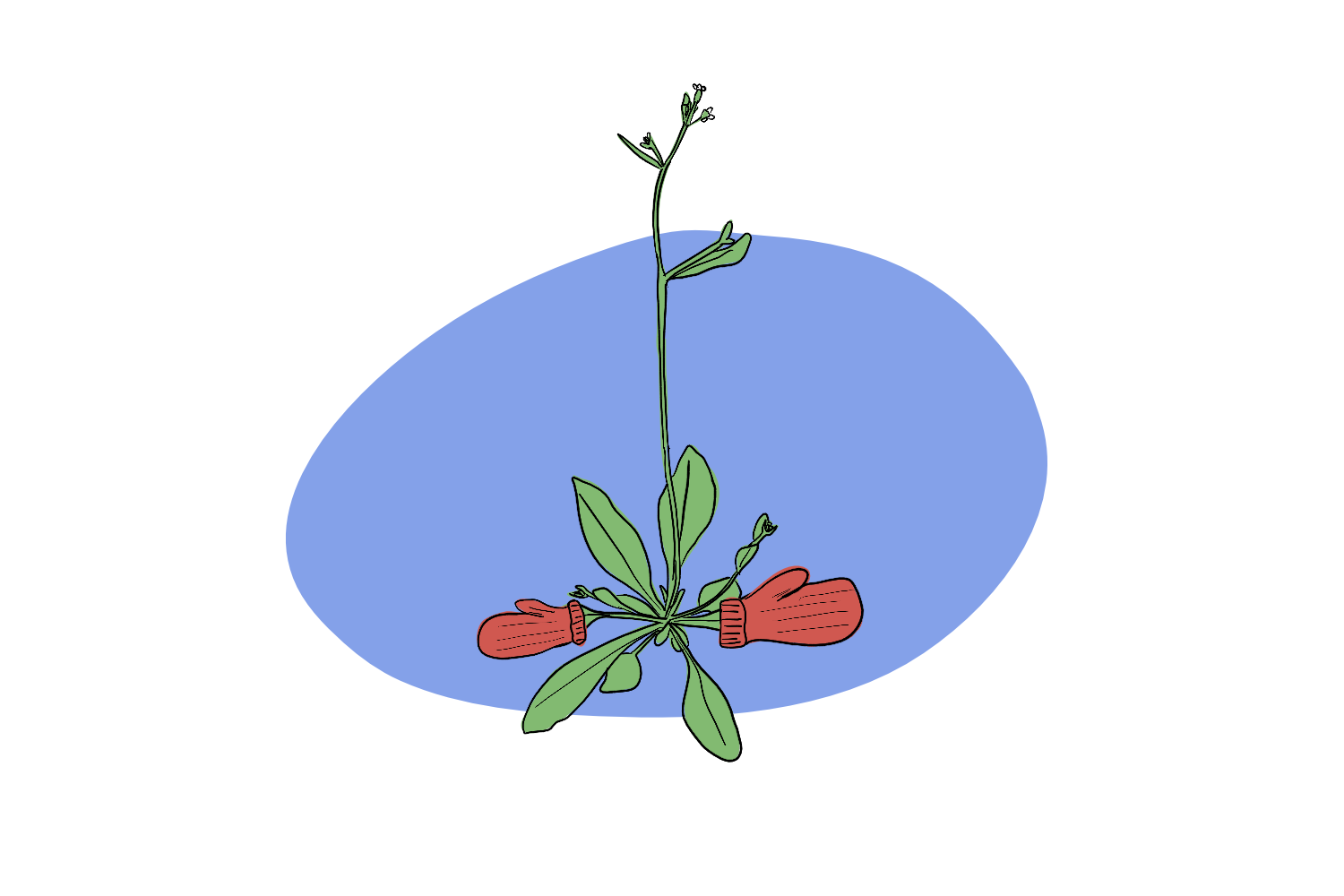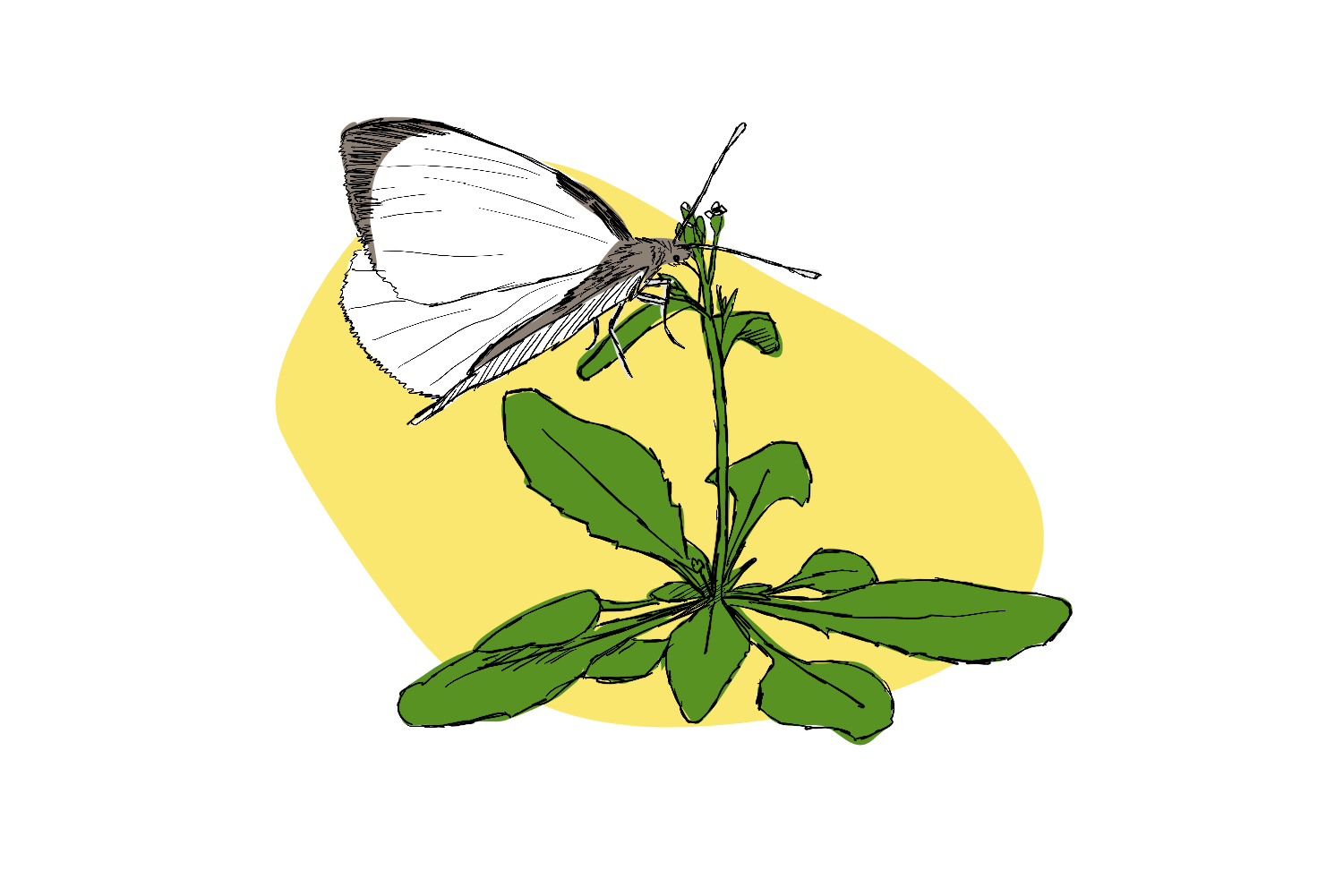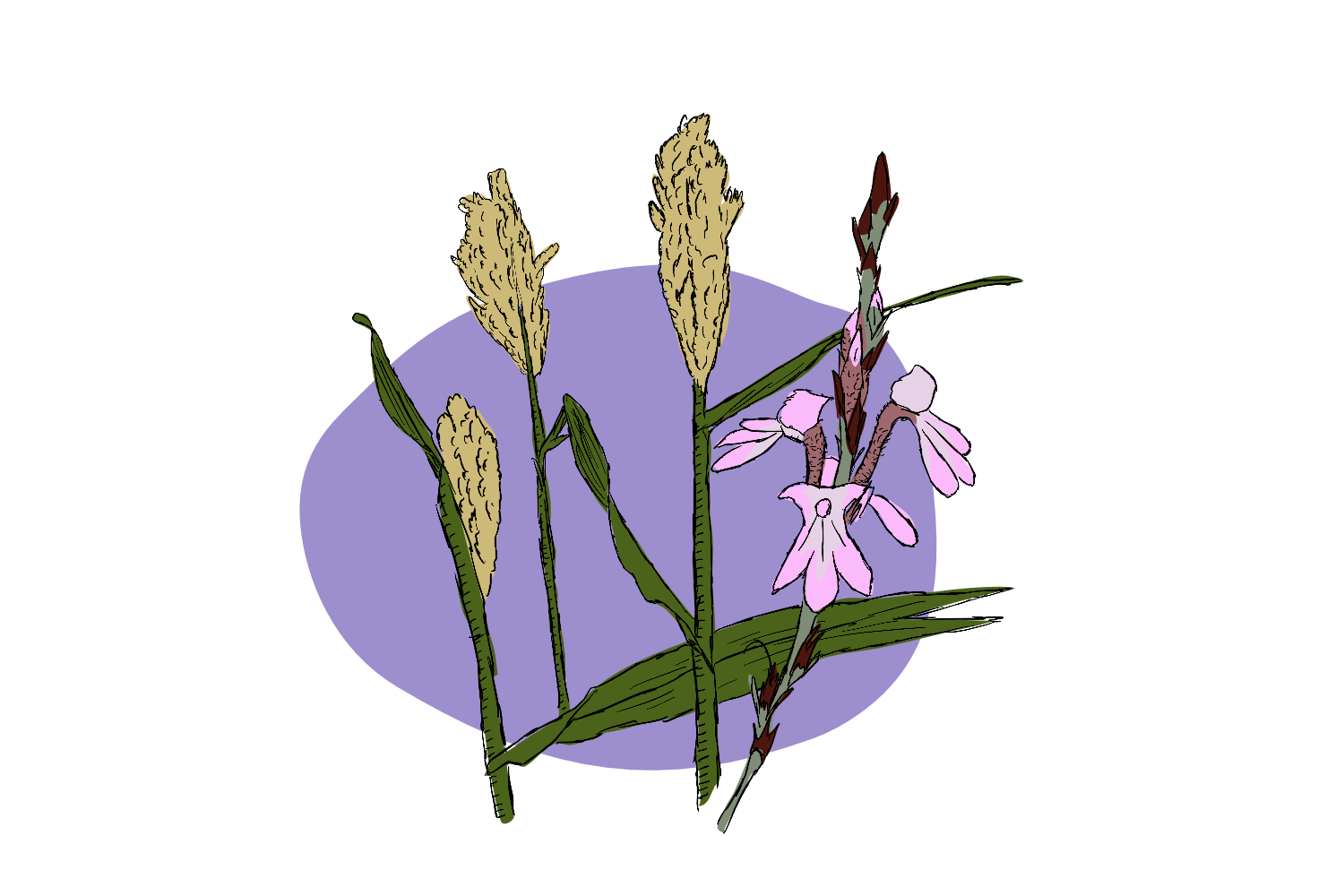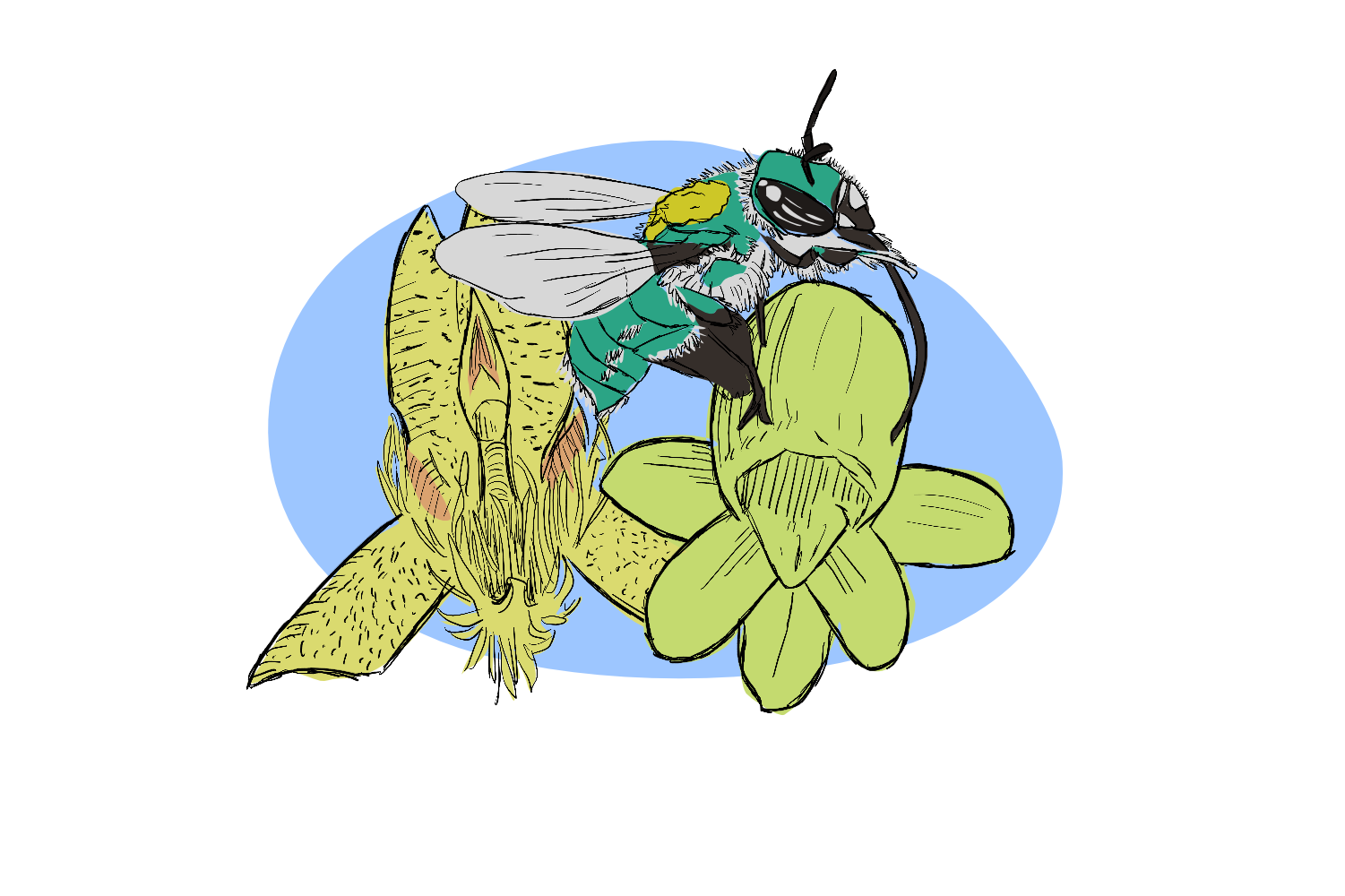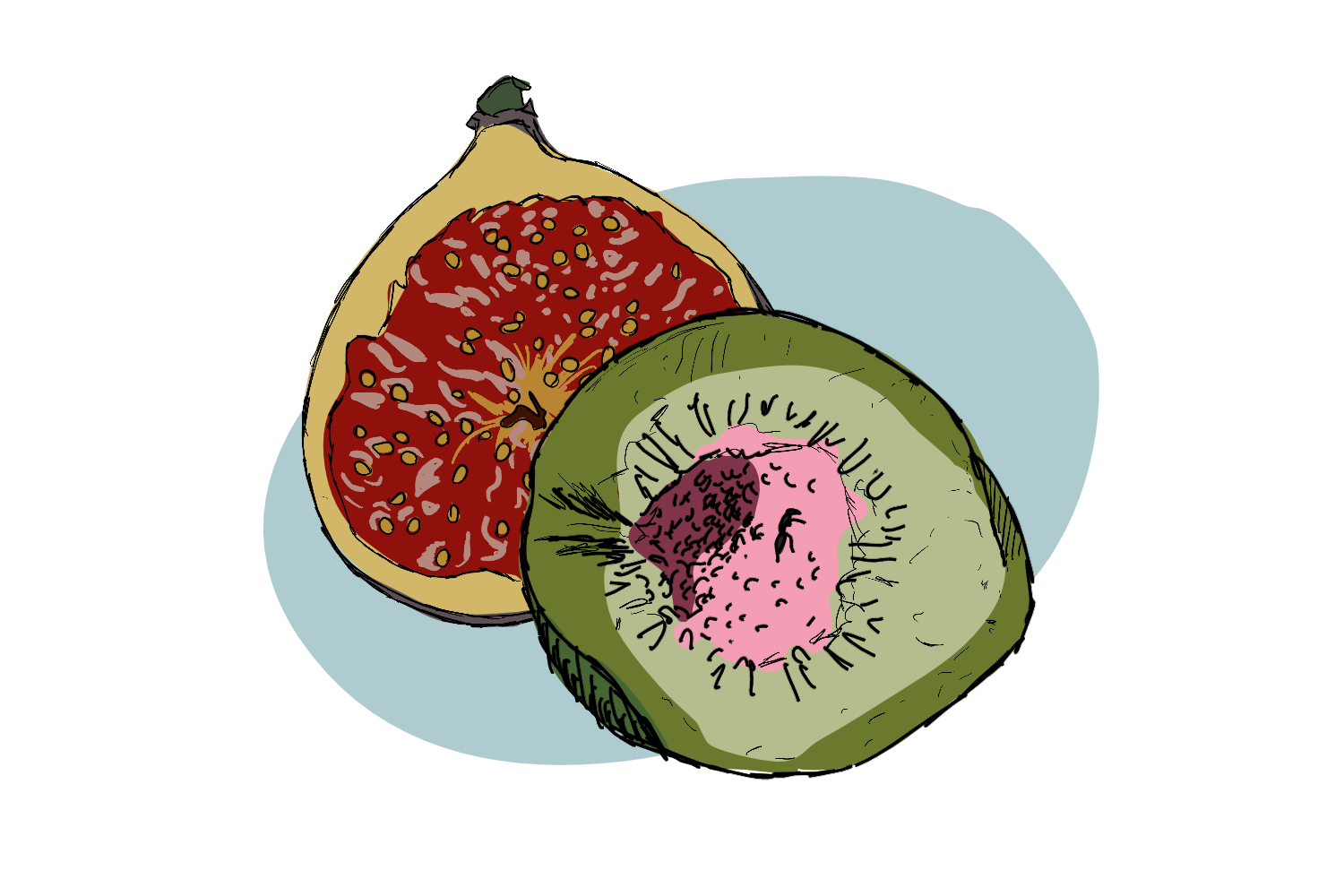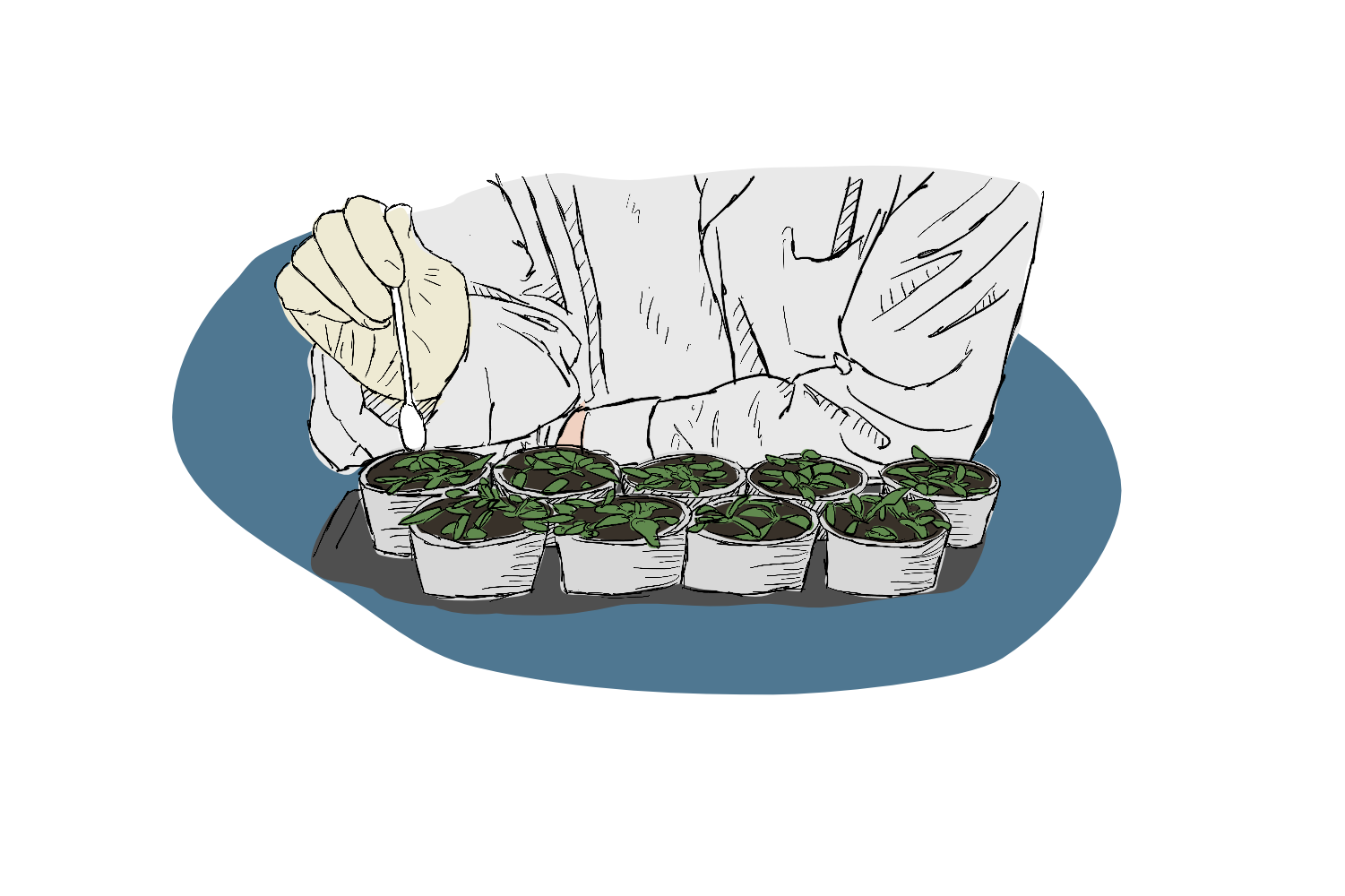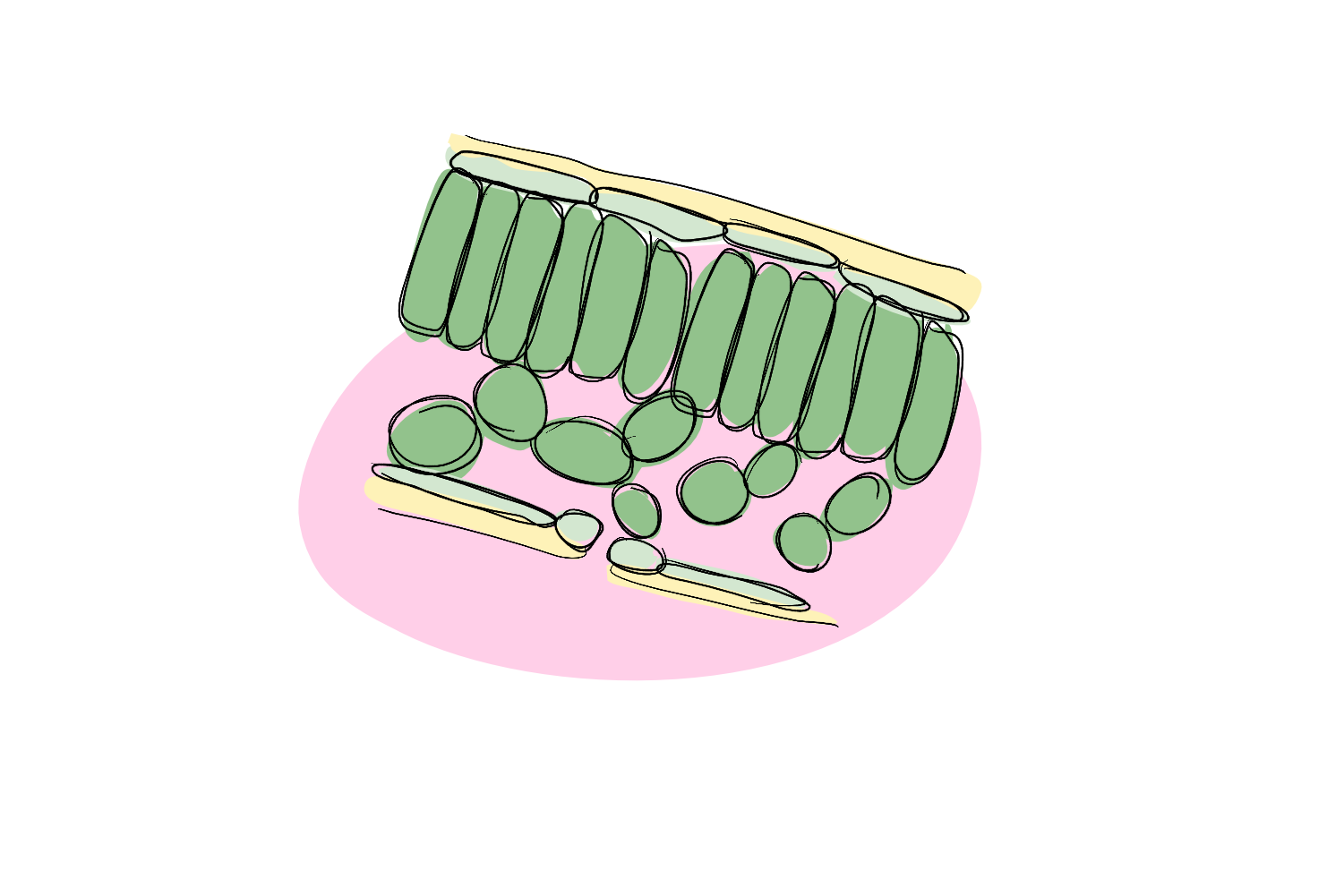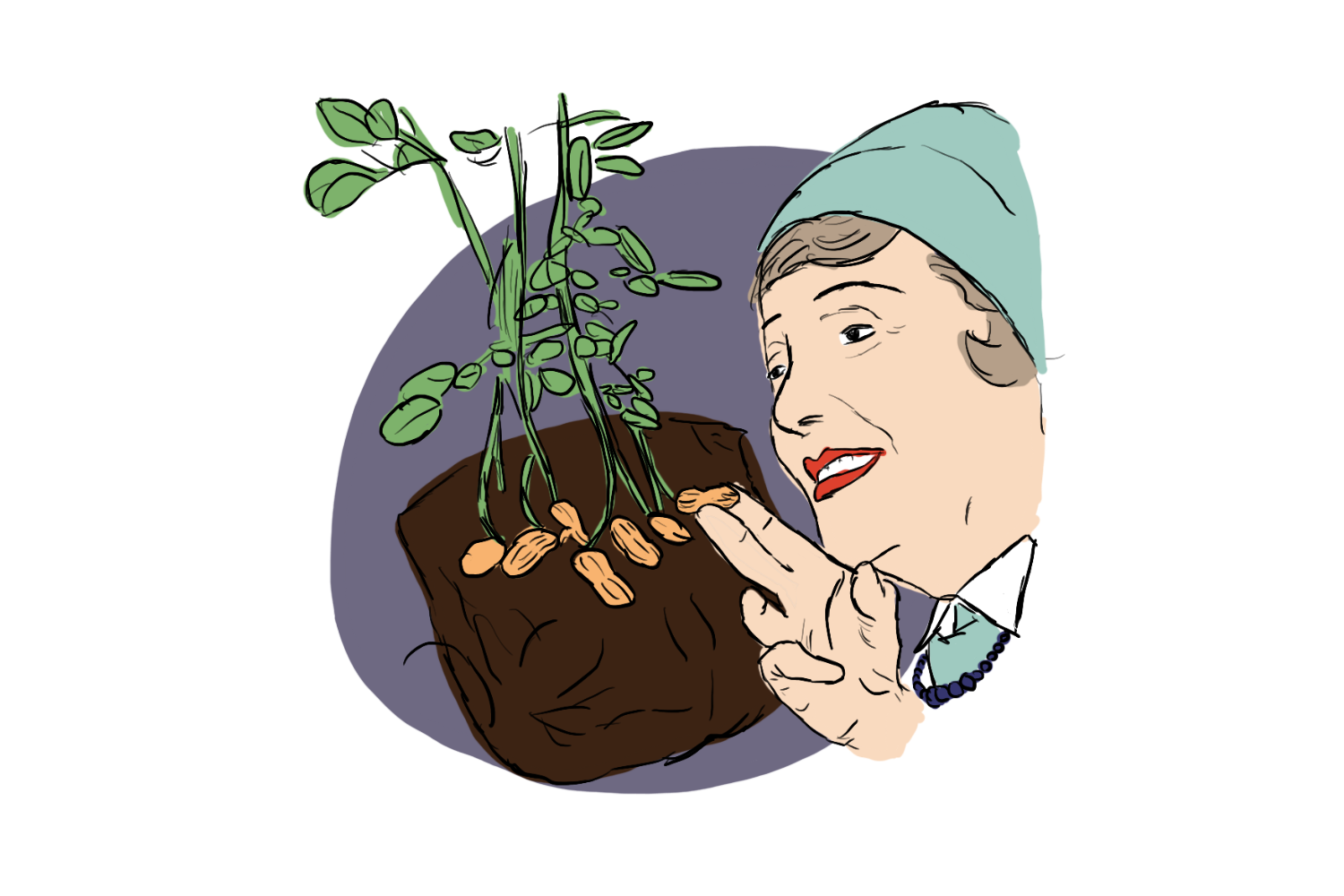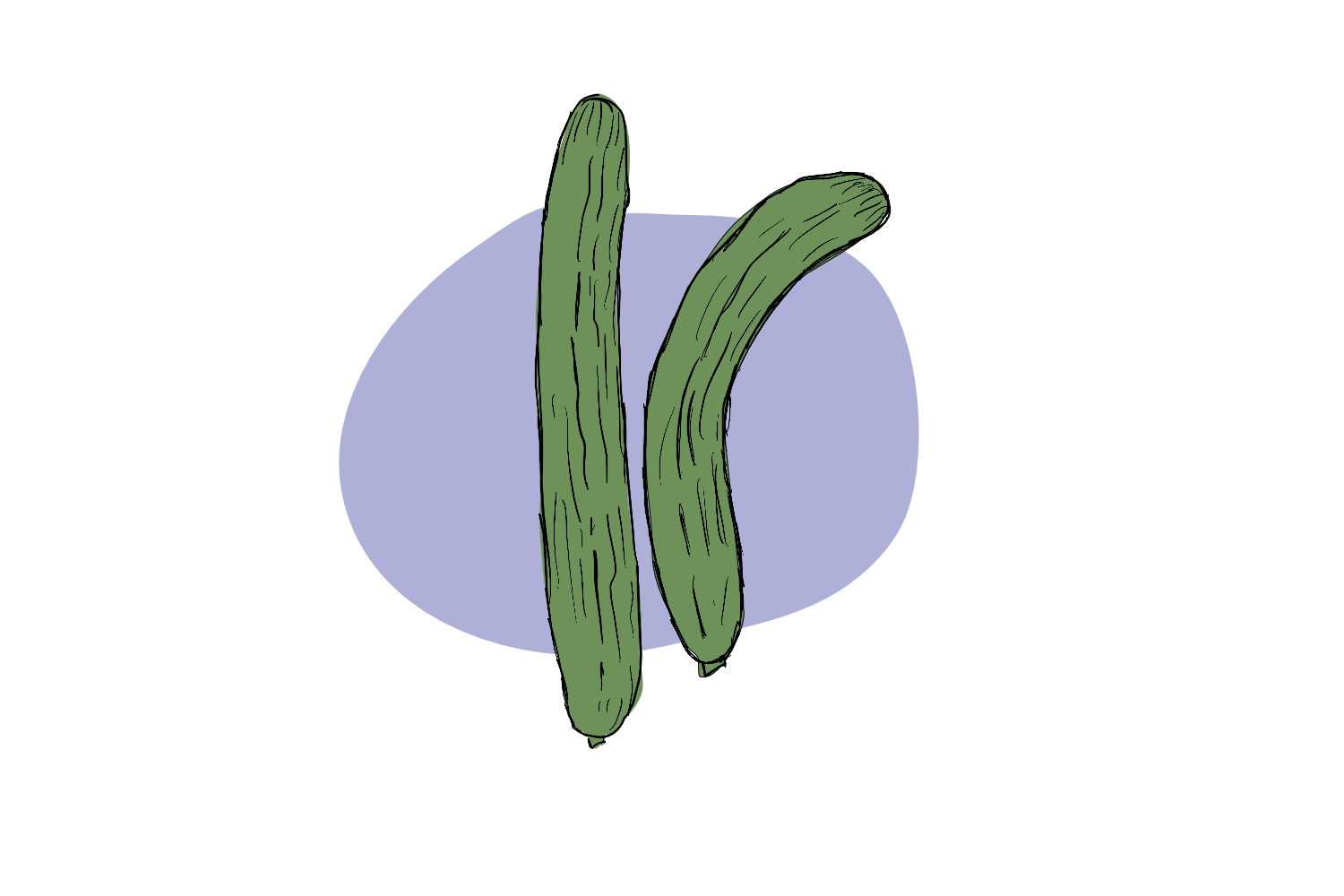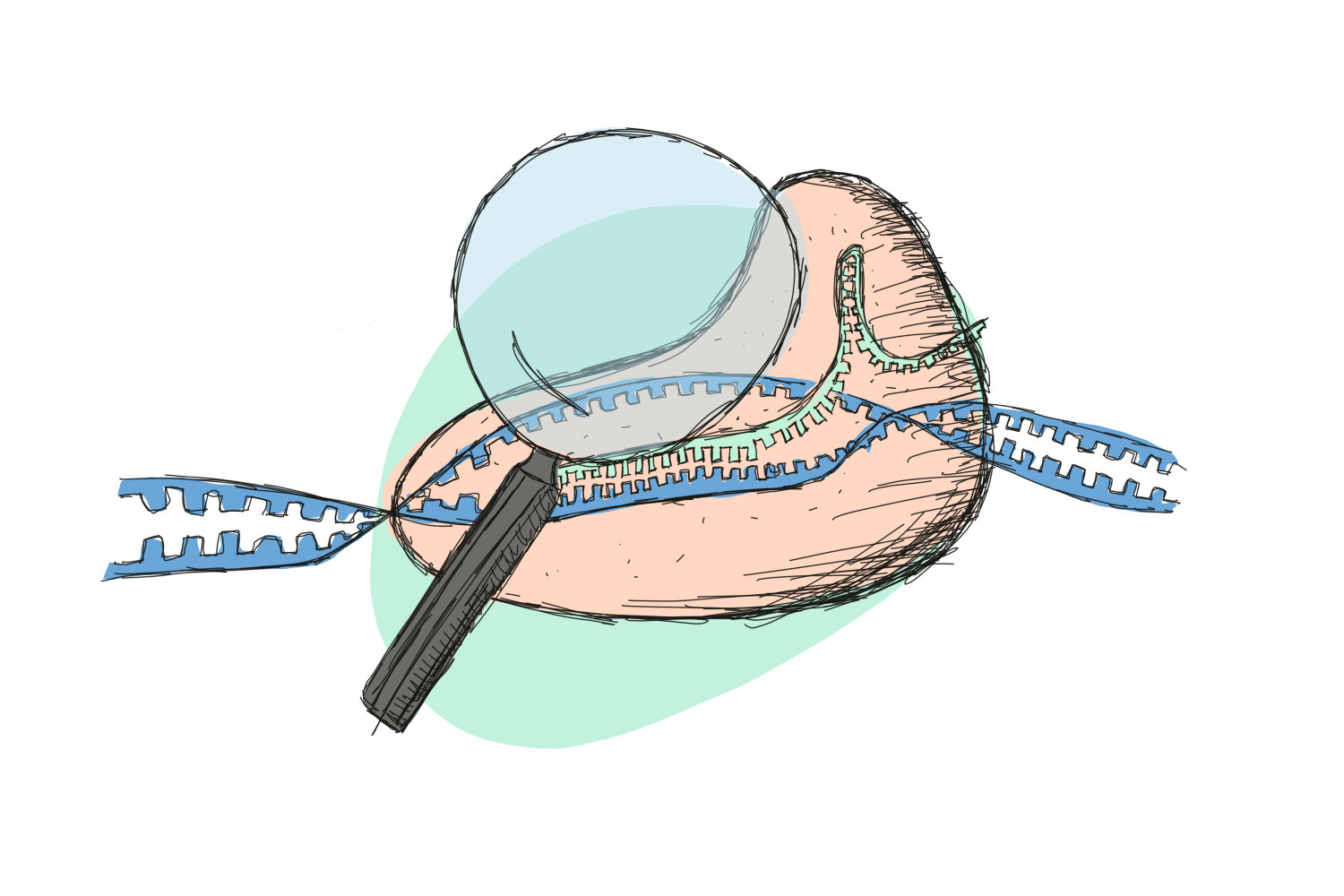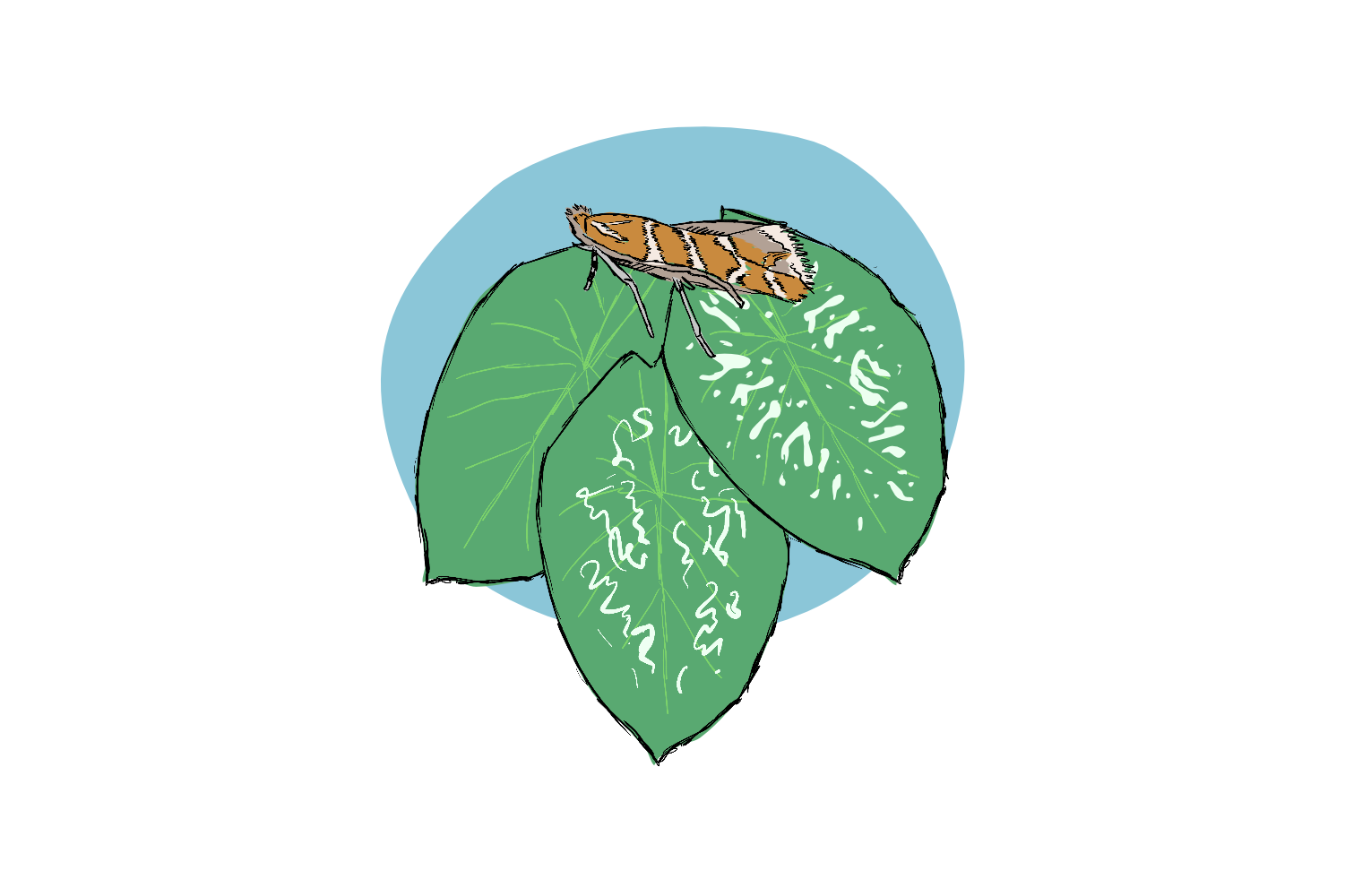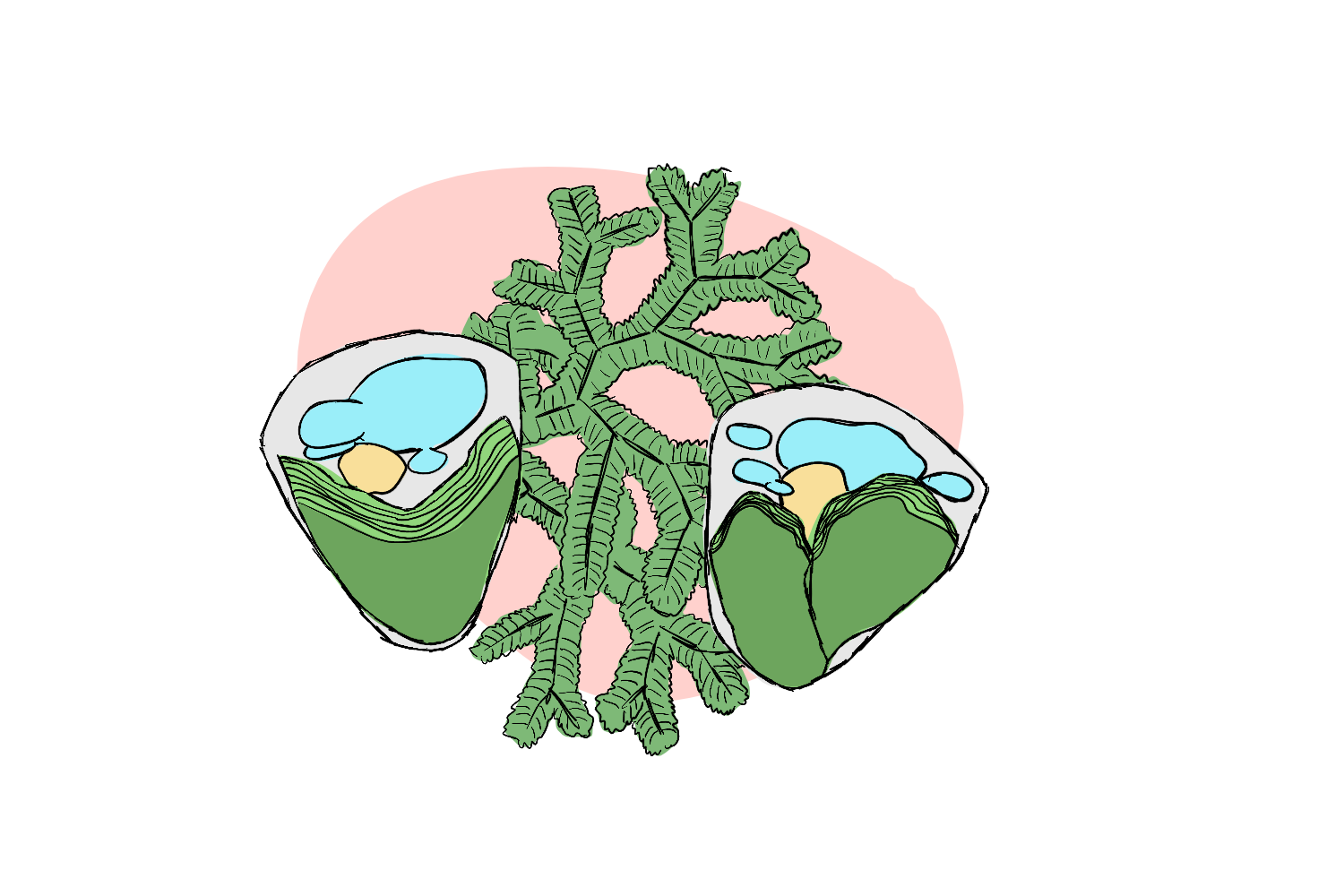-
Every family has an oddball cousin, here’s Arabidopsis’
Reading Time: 3 minutes While the rest of us were distracted by the events of 2020, a desert plant quietly announced itself as a new cousin to the plant lab rat, Arabidopsis.
-
This plant survived the dinosaur end days, but so did its insect pests
Reading Time: 4 minutes Agathis trees have survived since dinosaurs roamed the earth, but throughout the ages, tiny burrowing insects have made their life hard.
-
Deliberately making mistakes
Reading Time: 6 minutes Scientists, ultimately, want to understand things. And while true understanding, often comes through patience and skill – months or years of careful observation and measured experimentation – a lot of the time, the fastest way to understand something, is to F*** that something up.
-
The plant that hides from human eyes
Reading Time: 3 minutes Intense commercial harvesting of the alpine plant Fritillaria delavayi, which is used in traditional chinese medicine, may be driving the selection of duller, more camouflaged plants.
-
This sea slug steals chloroplasts and keeps them fresh
Reading Time: 7 minutes In biology class back in high school, I learned that plants do photosynthesis and animals don’t. But for some years now, researchers have been amazed by an exception to this rule: sea slugs that contain chloroplasts, the sub-cellular plant compartments where photosynthesis takes place. Are animals on the path to become photosynthetic?
-
Some plants are too old for this sh*t
Reading Time: 5 minutes I will use this post on plant biology to complain about getting old and becoming more easily irritated. Age affects us all. But if your knees are aching and your back is sore, well!, at least you can rest assured that plants suffer from age, too.
-
Why do the leaves turn red?
Reading Time: 4 minutes Autumn leaf colours have amazed the public for all of human history… and puzzled scientists for just as long. While the orange, yellow and brown hues of autumn can be easily understood, the stunning reds that some species display remain in question.
-
What happens when you put a plant in the dark?
Reading Time: 4 minutes Plants rely on light to survive- without it, they can’t photosynthesise. Of course, like us, plants are used to normal light-dark cycles. But what happens when the lights just don’t come back on?
-
Arabidopsis battles insects before they’re even born
Reading Time: 5 minutes Plants are great at recognising what’s going on around them. They have built in temperature sensors and timers, they know what is up (and what is down), and they’ve worked out how to reach for and follow the sun’s light. Plants recognise when it’s winter, can tell if insects nibble on them, and wince in […]
-
It could be witchweed, some evil witchweed
Reading Time: 6 minutes We’ve now entered the season where you might just expect the occasional witch at your front door. Instead of leading to panic, the meeting leads to the exchange of sucrose laden gifts for spooky performances – all at a safe distance, of course. For the crop sorghum, however, a witch at the front door leads to […]
-
Trick or treat: plants that beat up bees
Reading Time: 3 minutes The orchid family, Orchidaceae, contains over 750 genera, yet it is the Catasetum genus that has earned a description from non other than Darwin himself as ‘the most remarkable of all Orchids’. Probably because, while other pollinated plants like to offer their pollinators a treat, Catasetum orchids also bring the trick.
-
There might have been a wasp in your fig – but don’t throw it away!
Reading Time: 4 minutes Although we like to focus our attention on plants, we can’t really discuss their life without also discussing the way plants interact with their pollinators. There are plenty of weird relationships out there, including those involving flowers that fake it, and stories of nectar thieves. But one of the weirdest has got to be the […]
-
Touch-A Touch-A Touch Me, Plant Edition
Reading Time: 5 minutes They’ve been described to “…capture the imagination as such behaviors are unexpected in otherwise often quiescent creatures” and to “…turn plants into aggressors against animals, trapping and devouring them”. Today, we’re talking about the touch response of plants.
-
A coat for land plants
Reading Time: 4 minutes To survive on land, plants need to be able to control water loss. For most plants, this involves the simple act of coating their leaves in wax coat. Now, researchers shed light on when plants evolved this trait.
-
Muriel Howorth and the Atomic Garden
Reading Time: 4 minutes In a move that seems almost prescient in understanding the role of mutagenesis in crop improvement and basic biology, a group of ‘Atomic Gardeners’ triumphed the potential for atomic energy to be a force for good, just a few years after the devastation of WWII….
-
How the Cucumber got its Curve
Reading Time: 4 minutes One of the stupidest arguments of the past years (and oh, there have been some strong contenders!), was the debate about the EU trying to regulate how bendy bananas were. Today we discuss a much more rational question: how the cucumber got its curve. Trust us guys, there’s barely any politics in there!
-
Did Greenpeace manage to detect CRISPR crops?
Reading Time: 4 minutes Greenpeace has published an “open source detection test for a gene edited crop”. This might suggest that they are able to specifically detect crops made by CRISPR & Co. Or does it?
-
Faking Sick
Reading Time: 4 minutes You may have stared lovingly at a variegated Monstera, asking yourself if there will ever be a day when you can afford such beauty… but have you ever wondered why that beauty even exists? In a study that involves – of all things – white-out (Tipp-Ex), scientists find a link between patterns of white cells […]
-
When Chloroplasts go GIANT
Reading Time: 3 minutes In 2007, Chiou-Rong Sheue and colleagues published the discovery of a new type of chloroplast, called the bizonoplast. The bizonoplasts found deep within the cells of the spikemoss Selaginella erythropus was unique among its chloroplast kind in several ways.
-
Twice As Bright as Sunlight
Reading Time: 5 minutes In 2013, a new species of algae emerged from the sand crusts of Israel’s Negev desert (or, that is to say, the existence of the species was published). In an environment where the sunlight beats down with fierce intensity, where temperatures reach 60 degrees on a hot summer’s day yet plunge to subfreezing on winter’s […]
